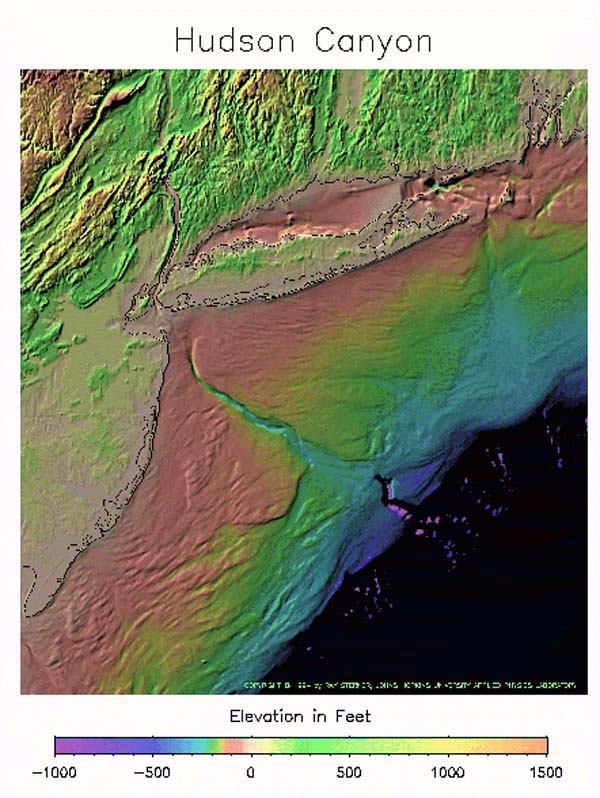May 7, 2021 — NOAA announced the next meeting dates for the Highly Migratory Species Advisory Panel, including a one-day Recreational Roundtable/Large Pelagics Survey Workshop.
“This meeting is loaded with issues of primary importance to every fisherman,” said David Schalit, President of the American Bluefin Tuna Association and an Advisory Panel member. Schalit explained that discussion will focus on basic fishery operations and structure, from quota allocations to temporal and spatial dimensions to a pelagic long line review. These are dynamic topics still to be settled by regulators.
“I would encourage every fisherman,” Schalit added, “to review the upcoming agenda and decide how to best participate in the open, public comment periods that are scheduled at the end of each day.”
There is “a shark depredation issue from Maine to Texas and the U.S. Caribbean Territories for which NOAA/NMFS will be seeking solutions during the upcoming meeting,” said Russell Hudson, with Directed Sustainable Fisheries and a member of the Advisory Panel. Hudson added that NOAA faces challenges in modeling population numbers for certain sharks, particularly the “highly migratory species that we share with neighboring countries. Comments and other suggestions regarding shark populations will be our focus during the meeting.”

